-
 bitcoin
bitcoin $122659.385674 USD
0.52% -
 ethereum
ethereum $4484.113342 USD
-0.09% -
 bnb
bnb $1304.229256 USD
-0.85% -
 tether
tether $1.000204 USD
-0.03% -
 xrp
xrp $2.860636 USD
-0.51% -
 solana
solana $227.288799 USD
2.36% -
 usd-coin
usd-coin $0.999805 USD
0.01% -
 dogecoin
dogecoin $0.252837 USD
1.18% -
 tron
tron $0.341149 USD
1.12% -
 cardano
cardano $0.830507 USD
0.33% -
 hyperliquid
hyperliquid $45.792319 USD
0.04% -
 chainlink
chainlink $22.422164 USD
1.55% -
 ethena-usde
ethena-usde $1.000283 USD
0.01% -
 sui
sui $3.511389 USD
0.83% -
 stellar
stellar $0.385276 USD
-0.44%
How to use the API of OKX?
OKX's robust API offers programmatic access to its exchange, enabling automated trading. Securely manage API keys, understand endpoints (e.g., `/api/v5/trade/order`), handle errors, and respect rate limits for reliable applications.
Mar 11, 2025 at 07:16 pm
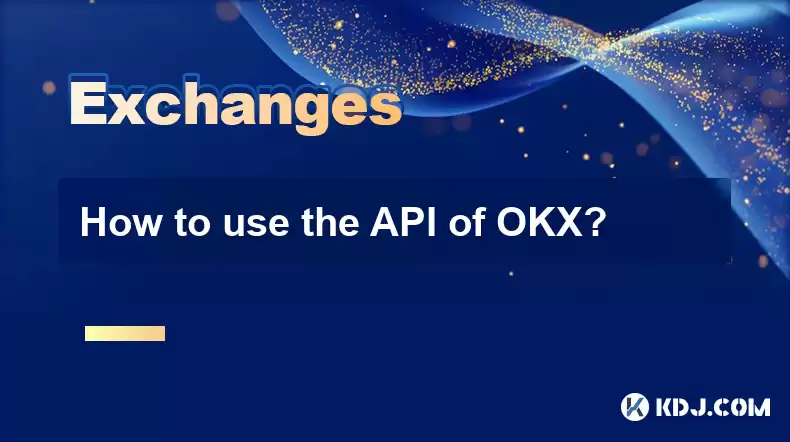
- OKX's API offers programmatic access to its exchange functionalities, enabling automated trading and data retrieval.
- Understanding API keys, authentication methods, and rate limits is crucial for successful API integration.
- Different API endpoints cater to specific tasks like placing orders, fetching market data, and managing accounts.
- Robust error handling and security best practices are essential for building reliable and secure trading applications.
- The OKX API supports various programming languages and libraries, offering flexibility for developers.
OKX, a leading cryptocurrency exchange, provides a robust Application Programming Interface (API) that allows developers to integrate their applications with the exchange's functionalities. This grants access to real-time market data, automated trading capabilities, and account management features, opening doors to sophisticated trading strategies and data analysis. This article details how to effectively utilize the OKX API.
Understanding API Keys and AuthenticationBefore interacting with the OKX API, you must generate API keys. This involves accessing your OKX account settings and creating a new API key pair – a public key and a private key. The public key is shared with the API, while the private key remains strictly confidential and should never be exposed. OKX employs a robust authentication mechanism typically using HMAC-SHA256 signatures to verify requests. Carefully follow OKX's documentation for generating and securely storing your keys. Never share your private key with anyone.
Choosing the Right EndpointThe OKX API exposes a wide range of endpoints, each designed for a specific purpose. Endpoints are essentially URLs that you send requests to. For instance, you'll use different endpoints for placing orders (/api/v5/trade/order), retrieving market data (/api/v5/market/ticker), and managing your account balance (/api/v5/account/balance). Understanding the available endpoints and their parameters is crucial for effectively utilizing the API. The OKX API documentation provides comprehensive details on each endpoint.
Once you have your API keys and have chosen the appropriate endpoint, you need to craft the API request. This involves constructing a properly formatted HTTP request, usually a POST or GET request, including the necessary parameters. These parameters depend on the specific endpoint and its requirements. The request must include your API key and signature generated using your private key. Libraries for various programming languages (Python, Java, Node.js, etc.) simplify this process. Many libraries handle signature generation and request formatting automatically.
Handling Responses and ErrorsAfter sending an API request, you receive a response from the OKX server. This response will typically contain data in JSON format. Successful responses provide the requested information, while error responses indicate problems. Properly handling both successful and error responses is critical for building a reliable application. Error codes and messages are documented in the OKX API documentation and help you debug issues. Implement robust error handling in your code to gracefully manage potential problems.
Rate Limits and Best PracticesThe OKX API imposes rate limits to prevent abuse and ensure fair access for all users. These limits restrict the number of requests you can make within a specific time period. Exceeding these limits can result in temporary bans. Be mindful of the rate limits when designing your application. Implement mechanisms to handle rate limit exceeded errors. Always prioritize security best practices. Never hardcode your private key directly into your application; instead, use secure environment variables or configuration files.
Working with Different Programming LanguagesOKX's API is versatile and supports various programming languages. Numerous libraries and SDKs simplify API interaction for different languages. For example, Python offers libraries like requests and okx-api, while Node.js has packages that streamline the process. Choose a language and library that suits your skills and project requirements. The OKX documentation may offer guidance or examples for specific languages. Consult the documentation to determine the best approach for your preferred language.
A: The OKX API primarily utilizes HMAC-SHA256 signature authentication. This involves generating a signature using your private key and specific request parameters, which is then included in the API request header for verification.
Q: How do I handle rate limits when using the OKX API?A: OKX imposes rate limits on API requests. If you exceed these limits, your requests will be rejected. Implement error handling to detect and manage these situations. Consider strategies like exponential backoff (waiting exponentially longer after each failed attempt) to avoid further exceeding the limits.
Q: What programming languages are supported by the OKX API?A: The OKX API is language-agnostic; you can use any language capable of making HTTP requests. However, many community-developed libraries exist for popular languages such as Python, Java, Node.js, and others, simplifying the process.
Q: Where can I find the complete documentation for the OKX API?A: The comprehensive documentation for the OKX API, including details on endpoints, parameters, error codes, and authentication methods, is available on the official OKX website. It's crucial to consult this documentation for the most up-to-date information.
Q: What security measures should I take when using the OKX API?A: Never expose your private API key. Store it securely, preferably in environment variables or a secure configuration file. Use HTTPS for all API communications to encrypt your data. Implement robust input validation to prevent injection attacks. Regularly update your API client libraries to benefit from the latest security patches.
Disclaimer:info@kdj.com
The information provided is not trading advice. kdj.com does not assume any responsibility for any investments made based on the information provided in this article. Cryptocurrencies are highly volatile and it is highly recommended that you invest with caution after thorough research!
If you believe that the content used on this website infringes your copyright, please contact us immediately (info@kdj.com) and we will delete it promptly.
- Ripple's Stablecoin Expansion: Bahrain, Web3, and RLUSD's Big Push
- 2025-10-10 06:25:13
- Memecoin Trader's Success: Riding the Crypto Wave Like a Pro
- 2025-10-10 06:25:13
- Binance Coin (BNB) Investment: Riding the 2025 Crypto Wave
- 2025-10-10 06:30:01
- Coin, 2025, Bull Run: What's the Hype?
- 2025-10-10 04:45:14
- Bluey Ballot Bonanza: Real Life Coin Tips from Down Under!
- 2025-10-10 05:05:13
- Toncoin (TON) Price Analysis: Crash or Correction? What's a New Yorker to Do?
- 2025-10-10 04:45:14
Related knowledge

What is the Trust Wallet and how does it connect to Binance?
Oct 10,2025 at 02:01am
Trust Wallet is a secure, decentralized cryptocurrency wallet that allows users to store, manage, and interact with various blockchain assets. Origina...

Where is Bitstamp located and is it regulated?
Oct 10,2025 at 01:36am
Bitstamp's Operational Base and Jurisdiction1. Bitstamp is headquartered in Luxembourg, operating from its registered office in the city of Luxembourg...
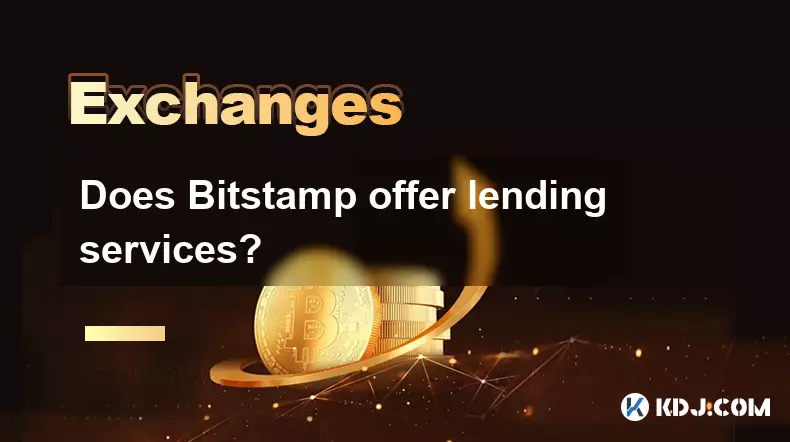
Does Bitstamp offer lending services?
Oct 09,2025 at 10:01pm
Understanding Bitstamp’s Core Services1. Bitstamp operates as one of the longest-standing cryptocurrency exchanges, established in 2011. Its primary f...

How do I change my password on Bitstamp?
Oct 09,2025 at 09:36pm
How to Update Your Password on BitstampSecuring your cryptocurrency exchange account is essential, especially on platforms like Bitstamp where digital...
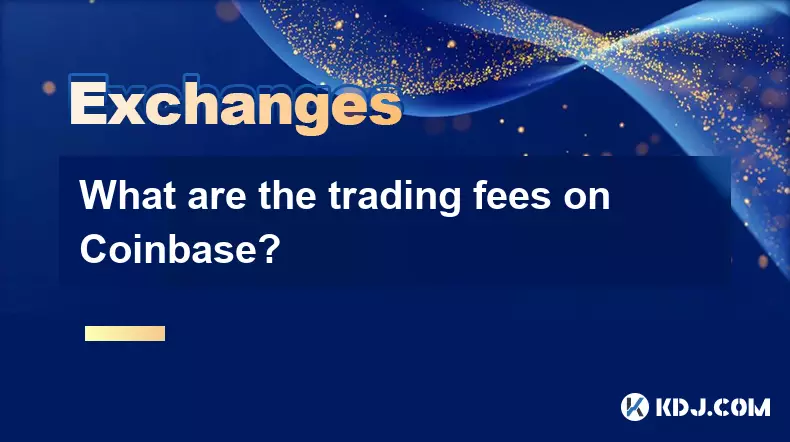
What are the trading fees on Coinbase?
Oct 09,2025 at 11:19pm
Understanding Coinbase Trading Fees1. Coinbase implements a fee structure that varies based on the user's location, payment method, and transaction si...
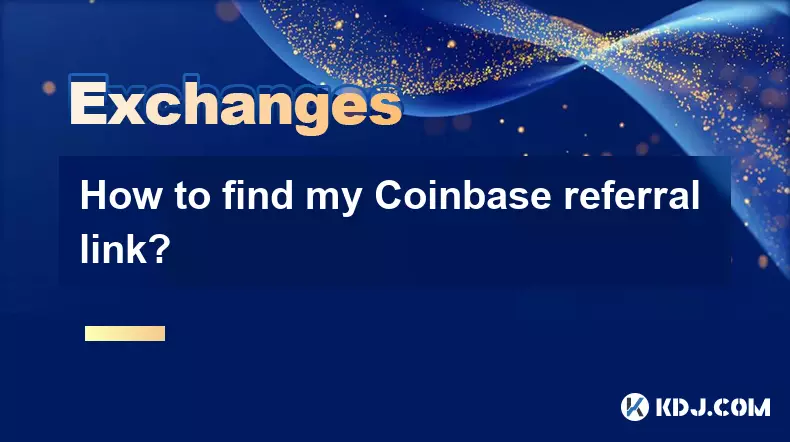
How to find my Coinbase referral link?
Oct 09,2025 at 06:18pm
Understanding Coinbase Referral Programs1. Coinbase offers a referral program that allows existing users to invite friends and earn rewards. The proce...

What is the Trust Wallet and how does it connect to Binance?
Oct 10,2025 at 02:01am
Trust Wallet is a secure, decentralized cryptocurrency wallet that allows users to store, manage, and interact with various blockchain assets. Origina...

Where is Bitstamp located and is it regulated?
Oct 10,2025 at 01:36am
Bitstamp's Operational Base and Jurisdiction1. Bitstamp is headquartered in Luxembourg, operating from its registered office in the city of Luxembourg...

Does Bitstamp offer lending services?
Oct 09,2025 at 10:01pm
Understanding Bitstamp’s Core Services1. Bitstamp operates as one of the longest-standing cryptocurrency exchanges, established in 2011. Its primary f...

How do I change my password on Bitstamp?
Oct 09,2025 at 09:36pm
How to Update Your Password on BitstampSecuring your cryptocurrency exchange account is essential, especially on platforms like Bitstamp where digital...

What are the trading fees on Coinbase?
Oct 09,2025 at 11:19pm
Understanding Coinbase Trading Fees1. Coinbase implements a fee structure that varies based on the user's location, payment method, and transaction si...

How to find my Coinbase referral link?
Oct 09,2025 at 06:18pm
Understanding Coinbase Referral Programs1. Coinbase offers a referral program that allows existing users to invite friends and earn rewards. The proce...
See all articles





















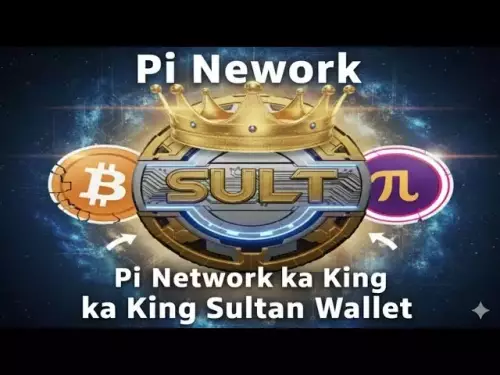




![🚨IS VECHAIN (VET) A DEAD COIN ?? PRICE ANALYSIS [GET READY NOW] 🚨IS VECHAIN (VET) A DEAD COIN ?? PRICE ANALYSIS [GET READY NOW]](/uploads/2025/10/09/cryptocurrencies-news/videos/vechain-vet-dead-coin-price-analysis-ready/68e7b200b067b_image_500_375.webp)















































